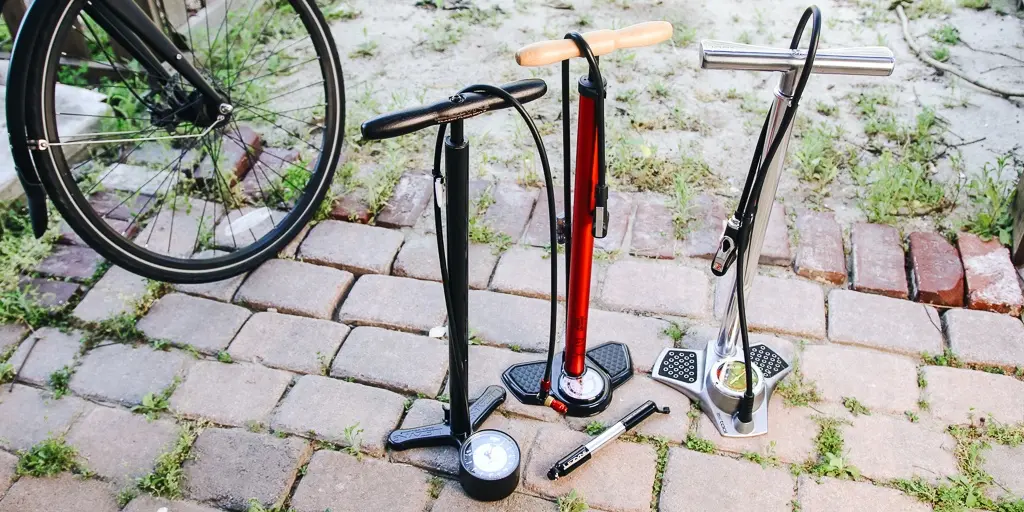Just like how you take absolute care of your car, down to the kind of water you use on it, the same thing is also for your bike. Bikes are not a very fragile thing, but then, if don’t take care of it the right way, including not using the right bike pump for your tires, they can develop serious issues.
Having a flat tire is one experience every bike rider should be prepared for at any time. And because of this, it is appropriate to have the right bike pump at all times. Checking your tires before any bike trip should be a ritual, so that your bike can be always efficient and can avoid damage to your bike.
There are so many pumps in the market with different specifications and qualities. And although they do the same thing, that is to pump the tire, not all tire pumps are the most suitable for your needs. Bearing this in mind, you need to know how to choose the right and best bike pump that fits your bicycle tires.
Read also: The Benefits Of Cycling For Heart Health And Disease Prevention
The different types of bike pumps include;
1. Floor Pumps
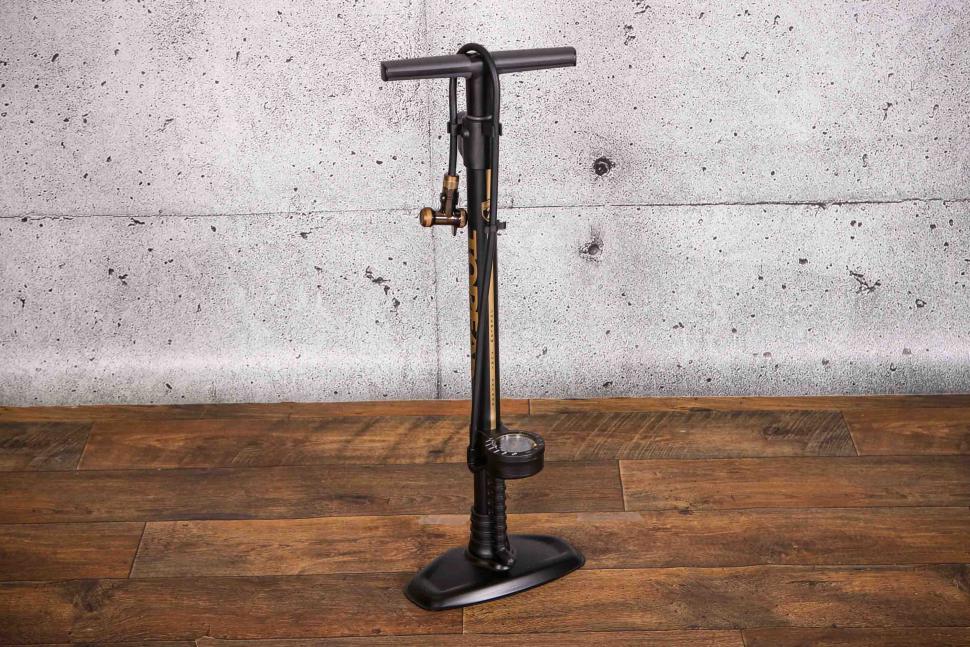
This pump is also known as the Track Pump and is best when you buy a new bike. These pumps sport a long flexible hose, a pressure gauge, and a wide chamber for quick air transfer. These are ideally kept at home or service centers to ensure your bicycle is pumped up at all times. It is very large, so it is not recommended to take it on a trip.
2. Hand Pumps
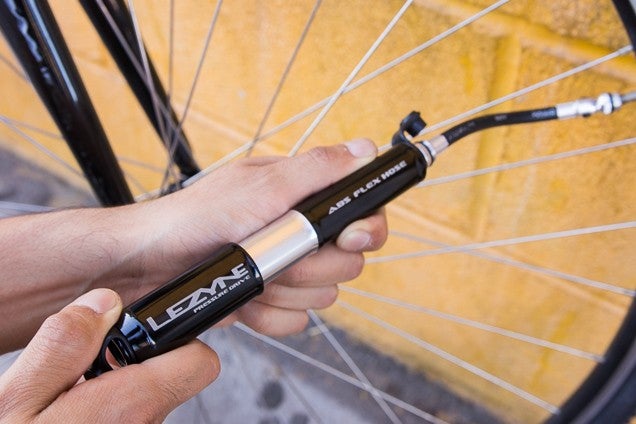
This pump is also known as Portable Pump and should be used as an addition to the floor pump, but not ideal as a primary pump. These pumps are compact and hence discharge small amounts of air. They are designed to be used during emergency occasions while you’re out riding.
3. Co2 Inflators
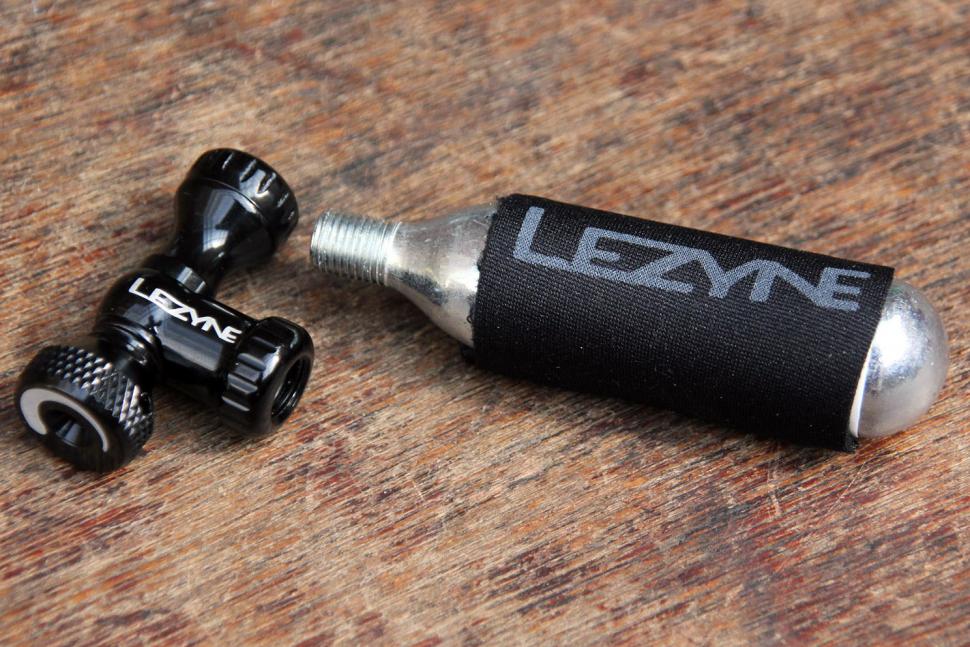
These pumps are compact pocket-sized inflators that used compressed carbon dioxide and can inflate tires in a hurry. It is ideal for emergencies when you have a flat on the road or trail. Although they are very convenient, they can be quite expensive.
4. Frame-Fit Pumps
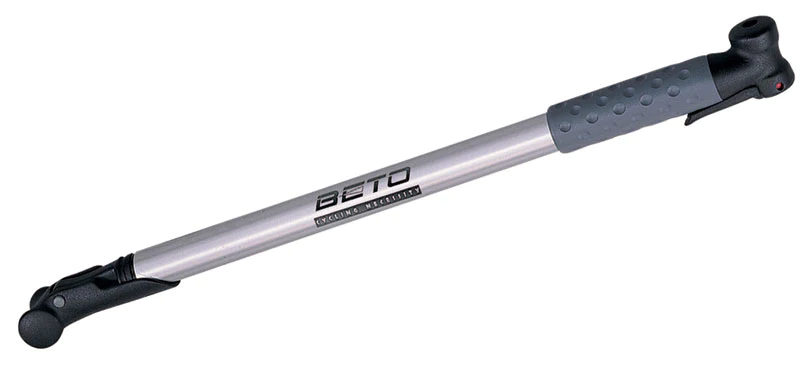
These pumps are best for road cyclists and can snap directly onto your road-bike frame without the extra mounting hardware that mini-pumps require. They’re longer and heavier than most mini-pumps, but they work more quickly. Their large capacity is designed to fill the high-pressure tires used on road bikes.
5. Dual-Action Pumps
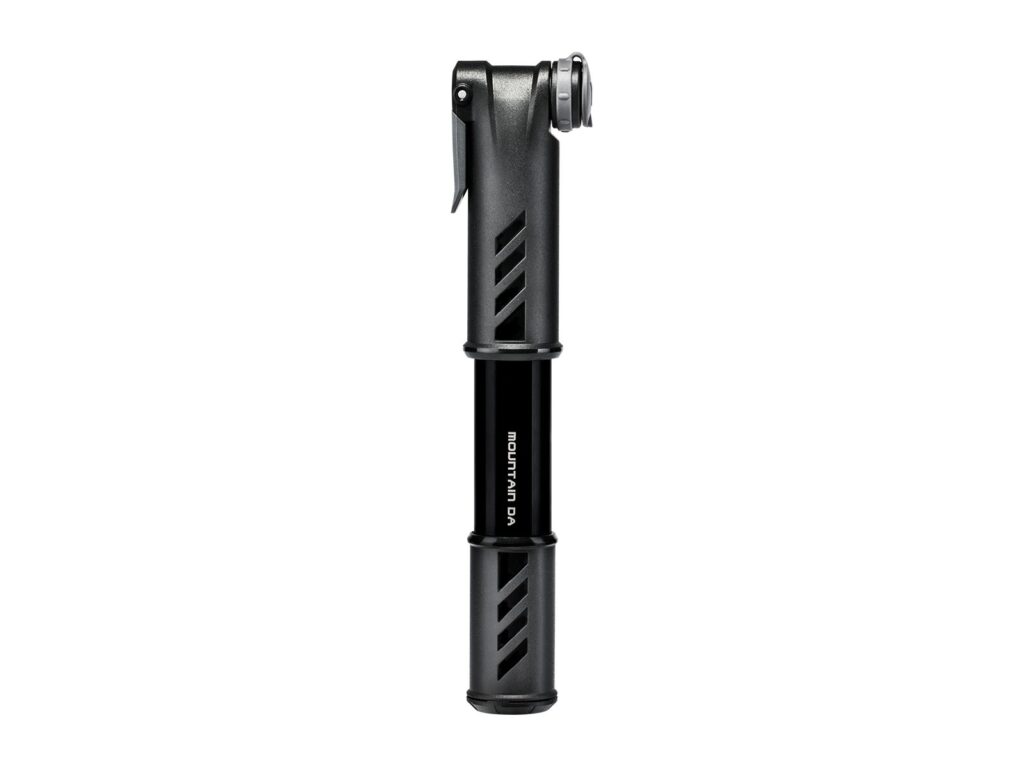
These are micro and mini pumps that use dual action—that is, they pump air on the down stroke as well as on the upstroke. This makes these particular pumps more efficient and somewhat mitigates the rule that smaller pumps always take longer to inflate a tire.
Read also: How To Plan A Bicycle Touring Adventure: Tips And Tricks For Beginners
Do you want to buy a bike pump and you are looking for how to know the right bike pump for your tires? Here are a few tips for you to know and look out for before going to the market;
1. Check Valve Compatibility
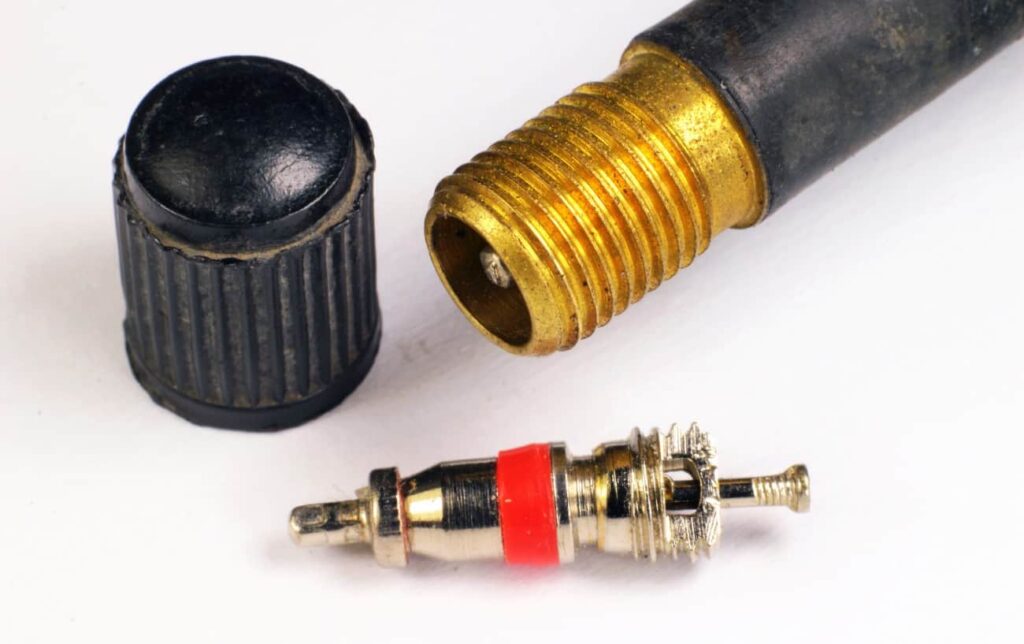
You should always check if the valve is compatible with your bike before you buy it. Some pumps are valve specific while some have to be internally changed to fit the valve.
A good bicycle pump head makes it simple to attach and detach the hose from the two most common tire valve types, Schrader and Presta. It is critical to create a quick and solid seal around the valve. Otherwise, you’re letting out air and having to pump it back in. If you struggle to remove the nozzle, you will release air again, making the pressure measurement from the gauge less accurate.
2. Check Pressure Compatibility

Every bike does not need a bike pump that can go up 160 psi. Cyclists that ride mountain bikes probably don’t need pumps that go above 50 psi. Choose a pump that suits the pressure recommended for the tire.
3. Check Volume Compatibility

The volume of air depends on the main bike choice. A higher volume pump will fill up the air faster, but in turn, will mean low maximum pressure. The mountain bike tires have greater volume, so a large volume pump is important here. If you’re looking at tubeless setups, pumps need to push out huge volumes of air.
4. Check For Accurate Gauge
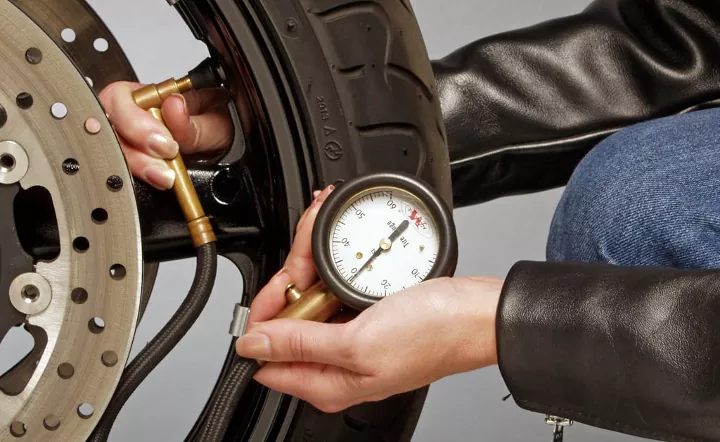
An accurate gauge is extremely important. Accuracy enables us to maintain the correct tire pressure and this leads to longer tire life and better traction and speed on our ride. Most emergency pumps don’t come with a pressure gauge since these are used to pump up to ensure you reach home and not focus on pumping to maximum capacity.
5. The Build Quality Of The Pump
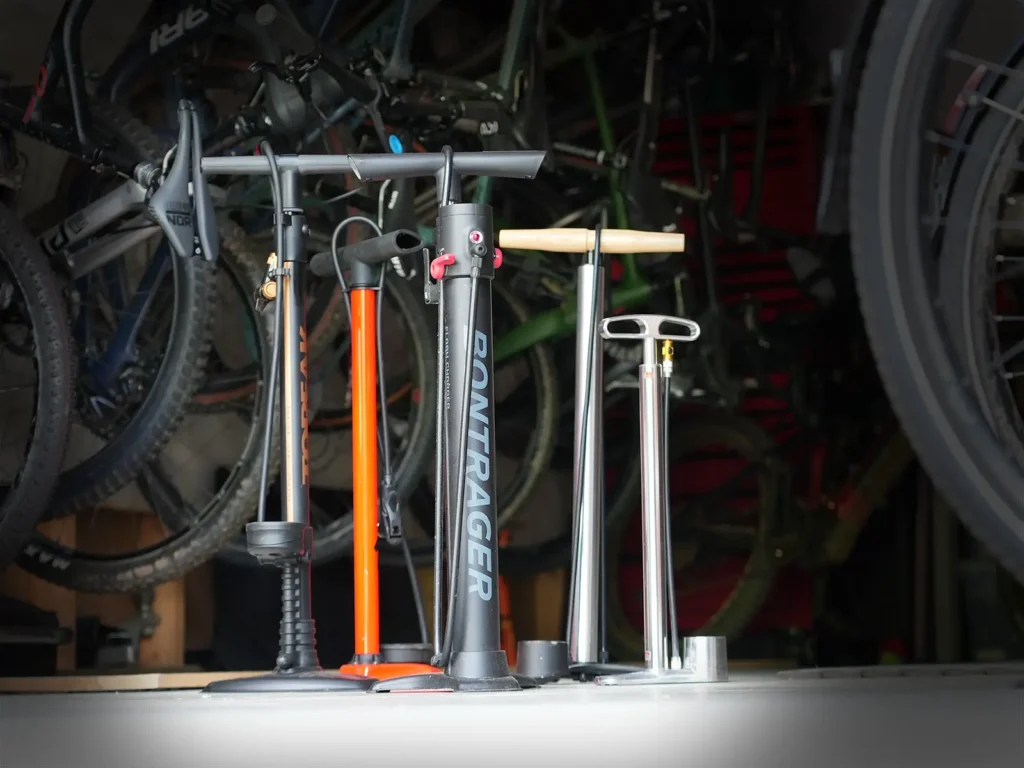
Bicycle pumps come in different builds. Some can be built out of plastic or steel, but also be mindful not to buy cheap plastic pumps as they don’t work and are a waste of money. Especially for floor pumps, a good solid pump lasts a long time and ensures pumping up tires is super simple.
6. Serviceability
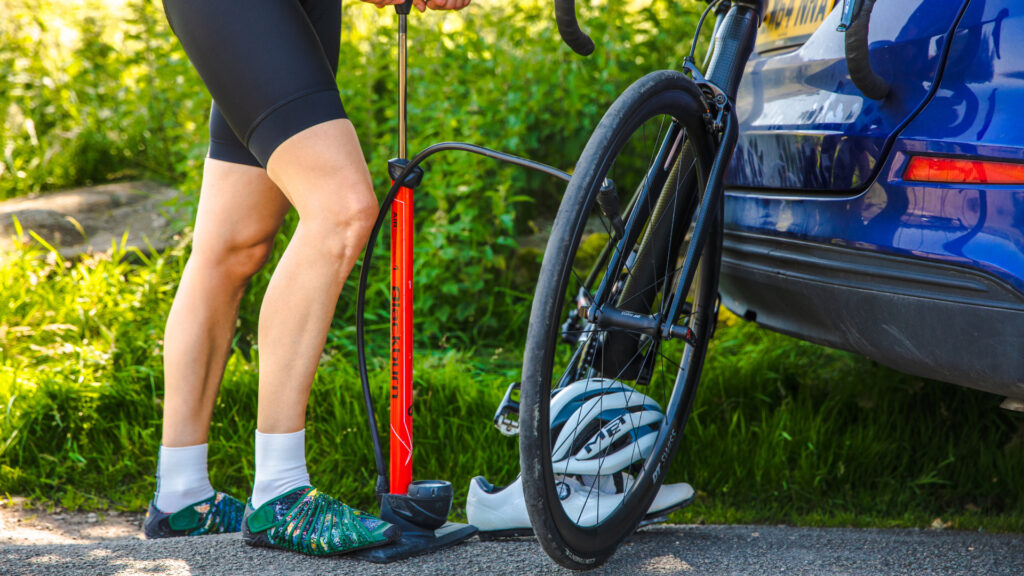
Before buying a pump, you need to know that seals and o-rings on pumps and pump heads can wear out over time. Being able to easily service and replace parts ensures the pumps live a long time, this is one thing you should take note of before buying a pump.
7. Make Sure Inflation Is Never An Issue
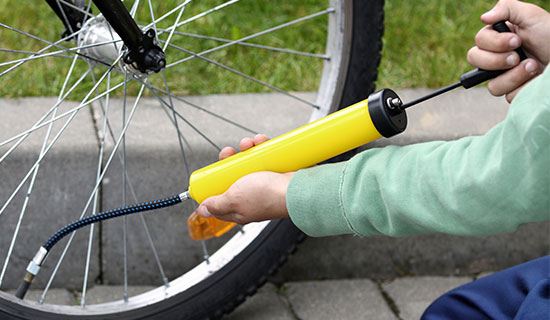
In inflating tires, we must understand the air pressure that we will issue. The attachment point, the pump’s stability, and how well the gauge works all have a role in inflation efficiency, but the most important element to consider is whether you need your pump to be better at high pressures or huge volumes.
The maximum air pressure that the tire can retain, the “safe” limit set by the tire manufacturer, can still be exceeded by a few psi. However, if there is too much air, the tire may bulge or explode. Every tire has a different psi. So always adjust the air pressure of the tire that your bike needs.
8. Stability Is Key To Pumping
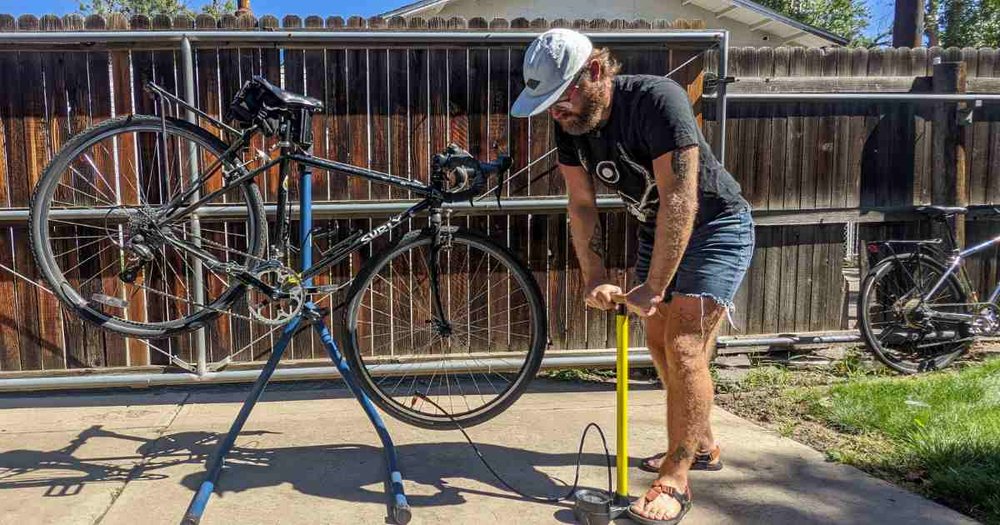
Bear in mind that a stable bicycle pump will be more efficient than one that has to fight to stay upright. A large base gives the user a large space to stand on and stabilize the pump. Tripod designs are the most stable. Heavier metal bases serve to ground the pump and keep it from toppling over. A substantial base also improves stability in pumps where the pressure gauge is mounted higher on the pump shaft. While this brings the pump closer to the user’s eyes for ease of viewing, it raises the pump’s center of gravity, making it less stable.
It can never be overemphasized that a bike pump is a necessary gear for every bike owner, so before you buy one, know the right one that will suit your need and your bicycle.
Read also: Easy Steps On How To Fix A Flat Tire On Your Bicycle

